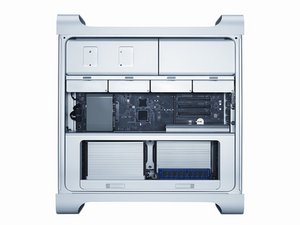Move SSD from Mac Mini to Mac Pro without OS reinstall
I just purchased a Mac Pro mid 2010 Quad-Core (MC560LL/A) with 2 1 TB HDD running El Capitan. It's replacing my Mac Mini (mid 2010) which has an upgraded Crucial MX200 1 TB SSD running High Sierra. Can I install the SSD (with adapter) into Mac Pro (still has 2 open trays) and make it the boot drive- skipping the whole backing up/ transfer thing? I'm a novice but I'm assuming different processors, graphic cards etc. make this impossible.
Bu iyi bir soru mu?



 4
4  1
1  2
2 